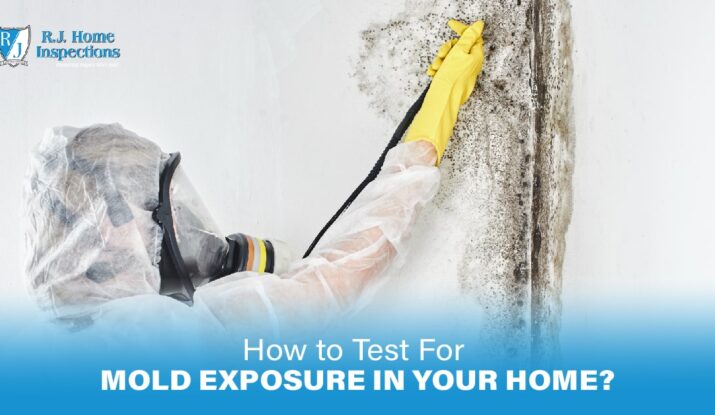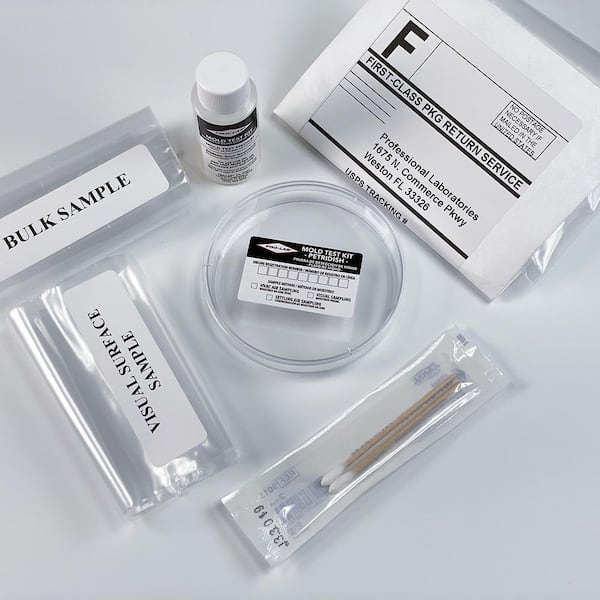How Mycotoxin testing Services Can Safeguard Your Products
How Mycotoxin testing Services Can Safeguard Your Products
Blog Article
Just How Mycotoxin Testing Helps Avoid Contamination and Secure Food Products

Mycotoxin testing is an indispensable method in the food sector, serving as a frontline defense versus contamination by unsafe toxins created by mold and mildews. Via the application of sophisticated methods like High-Performance Fluid Chromatography (HPLC) and Fluid Chromatography-Mass Spectrometry (LC-MS), food manufacturers can accurately evaluate and detect mycotoxin levels in agricultural products.
Understanding Mycotoxins
Recognizing mycotoxins starts with recognizing that they are toxic secondary metabolites produced by particular mold and mildews, which can infect farming items. These metabolites are not essential for the growth or recreation of the fungis however can have serious ramifications for human and animal health. Mycotoxins are typically discovered in staple crops such as corn, wheat, barley, and nuts, where they can proliferate under specific conditions of wetness and temperature level.
There are a number of types of mycotoxins, each created by different fungal varieties. Fusarium varieties generate fumonisins and trichothecenes, both of which are linked with numerous intense and persistent health issues.

Dangers of Mycotoxin Contamination
The dangers of mycotoxin contamination are diverse, positioning considerable hazards to both food safety and public health. Mycotoxins, hazardous substances generated by certain types of fungis, can pollute a large array of farming products consisting of grains, nuts, flavors, dried out fruits, and coffee.
Economic effects are another major problem. Contaminated plants can cause considerable economic losses for farmers and food producers because of lowered yields and the requirement for pricey decontamination steps. Furthermore, worldwide profession can be significantly impeded as nations apply strict mycotoxin regulations to safeguard their populaces, bring about rejected shipments and stretched profession connections.
Environmental aspects such as environment change worsen the threat of mycotoxin contamination. Variations in temperature and moisture can develop favorable conditions for fungal development, raising the possibility of contamination events. Hence, understanding and mitigating these risks are vital for guaranteeing the security and honesty of global food materials.
Techniques of Mycotoxin Examining
Properly identifying mycotoxin contamination in agricultural products is vital for guarding public wellness and maintaining food safety requirements. Different techniques are used to detect and quantify mycotoxins, each offering specific advantages and limitations.
High-Performance Liquid Chromatography (HPLC) is a widely used method due to its high sensitivity and precision. It involves dividing mycotoxins from various other materials in an example, making it possible for precise quantification. Liquid Chromatography-Mass Spectrometry (LC-MS) incorporates fluid chromatography with mass spectrometry to supply in-depth molecular info, making it especially helpful for identifying multiple mycotoxins simultaneously.

Gas Chromatography-Mass Spectrometry (GC-MS) and Thin-Layer Chromatography (TLC) are additionally used, each with special applications. GC-MS is reliable for unstable mycotoxins, while TLC provides a simpler, cost-effective alternative for initial testing.
Benefits of Regular Testing
Normal screening for mycotoxins in farming products uses various advantages, substantially adding to public health and wellness and food security. By identifying contamination early, normal screening helps prevent the distribution of toxic foods, consequently here are the findings minimizing the risk of mycotoxin-related illnesses amongst consumers. This aggressive technique not only safeguards human wellness however also boosts the general quality of food products.
Constant screening likewise supports regulative compliance. Various countries and areas have developed strict restrictions for mycotoxin levels in food and feed. Sticking to these limitations via regular screening makes certain that providers and producers fulfill legal requirements, thereby staying clear of fines and trade barriers. In addition, preserving conformity fosters customer trust and brand online reputation, which are important for market success.
In addition, routine mycotoxin screening can result in considerable financial advantages. Early detection of contamination permits for timely intervention, useful link lowering prospective losses from extensive contamination. Carrying out normal testing protocols can additionally decrease recall costs and relevant liabilities, which can be economically ravaging.
Moreover, routine testing gives important information that can educate far better farming techniques and storage problems. By comprehending patterns of contamination, manufacturers can take on safety nets, thereby reducing future threats and adding to the sustainability of the food supply chain.
Applying Testing Protocols
Implementing reliable mycotoxin screening procedures is critical for making certain the safety and high quality of farming items. Each phase has to be scrutinized to pinpoint where mycotoxin contamination is most likely to take place.
Once essential control points are recognized, picking ideal testing techniques is necessary. Usual techniques include enzyme-linked immunosorbent assay (ELISA), high-performance liquid chromatography (HPLC), and mass spectrometry (MS) Each method has its toughness and weak points; hence, picking the right one relies on the certain mycotoxin being tested, the required sensitivity, and available resources.

Finally, incorporating the testing procedures right into a thorough food safety monitoring system is a good idea. This enhances traceability and makes it possible for quick rehabilitative activities when contamination is found, consequently securing the stability of the food supply chain.
Final Thought
Mycotoxin testing is vital in avoiding contamination and guarding food products by allowing very early detection of dangerous toxins created by mold and mildews in agricultural items. Advanced approaches such as HPLC and LC-MS additional resources guarantee conformity with safety policies and shield consumers from health and wellness threats. Regular testing improves brand name reputation, monetary security, and rely on food security by lessening contamination-related losses and keeping high standards in food production. Carrying out extensive testing methods is thus essential for the sector's overall health.
Mycotoxin testing is a crucial technique in the food market, serving as a frontline protection against contamination by damaging toxins generated by mold and mildews. An incorporated technique including agricultural practices, storage space monitoring, and normal screening can reduce the risks associated with mycotoxin contamination, guaranteeing food security and public health and wellness.
The dangers of mycotoxin contamination are complex, presenting substantial risks to both food security and public health and wellness.Normal screening for mycotoxins in agricultural items uses many benefits, significantly adding to public health and wellness and food safety.Mycotoxin screening is essential in preventing contamination and safeguarding food supplies by making it possible for very early detection of unsafe toxic substances produced by mold and mildews in agricultural items.
Report this page